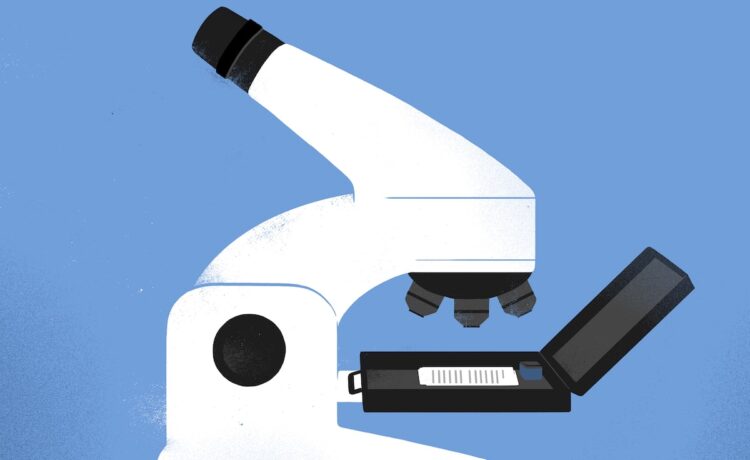I am worried about the impact of tariffs on my portfolio. With respect to investing in U.S. stocks, are Canadian-listed ETFs that employ currency hedging a good way to protect against losses if the Canadian dollar goes down?
I think you’ve got it backward. If you invest in U.S. stocks, either directly or through an exchange-traded fund, a weakening Canadian dollar will actually benefit you.
Consider a simple example. Say you bought a share of a U.S. company trading on the New York Stock Exchange for US$50 when the Canadian dollar was at 75 US cents. The purchase would have cost you $66.67 in Canadian dollars (50/0.75).
Now, suppose the loonie fell to 69 US cents while stock price stayed constant at US$50. Your U.S. stock would now be worth $72.46 in Canadian currency (50/0.69).
As a Canadian investor holding U.S. investments, your enemy is a rising Canadian dollar, not a falling one. If the loonie were to rise to, say, 80 US cents, the U.S. stock trading at US$50 would be worth just $62.50 in Canadian money.
With U.S. President Donald Trump this week slapping 25-per-cent tariffs on imported aluminum and steel and additional tariffs potentially on the way, the consensus seems to be that our struggling dollar – which was trading Friday at around 70.5 US cents – won’t be rallying any time soon.
But currency movements are notoriously difficult to predict, and given the capricious nature of Mr. Trump’s decision making, anything is possible.
So, what to do?
Well, to protect against the risk of a rising loonie, you could purchase a currency-hedged version of a Canadian-listed ETF that invests in U.S. stocks. One example (among many) is the iShares Core S&P 500 Index ETF (CAD-hedged), which trades in Canadian dollars on the Toronto Stock Exchange (ticker symbol: XSP) and holds all of the companies in the S&P 500 index.
There are arguments for and against hedging. If you’re nervous about a potential rise in the Canadian dollar, a hedged ETF should, at least in theory, help to control currency-related volatility. In a perfect world, the hedged ETF would achieve the same return – before taxes and fees – of the underlying index it tracks, regardless of whether the Canadian dollar rises, falls, or remains unchanged against the U.S. dollar.
But in practice, hedging is far from perfect. That’s because the methodology – which involves locking in an exchange rate by buying currency forward contracts, usually for a month at a time – isn’t exact, and also because it adds to the ETF’s costs.
What’s more, if you hedge at the wrong time, you could pay a price.
For the three years from Dec. 31, 2021, through Dec. 31, 2024, the S&P 500 index gained 23.4 per cent, excluding dividends. During the same period, the Canadian dollar tumbled nearly 10 US cents. As a result, Canadian investors who held the non-hedged version of the iShares S&P 500 index ETF (XUS) achieved a significantly higher return of about 40 per cent, thanks to extra juice from the falling loonie. The hedged version (XSP) rose just 19.3 per cent.
Hindsight is 20-20, of course, but the past few years were a terrible time to hedge one’s U.S. exposure.
What about the future? I don’t have a crystal ball, but it’s worth noting that the Canadian dollar has recovered some ground in recent weeks, indicating that the tariff threats are at least partly priced in. Should sanity prevail and an all-out trade war be averted, it’s possible that the loonie could rally.
On the other hand, the loonie could drop further if Mr. Trump follows through on his threat to slap 25-per-cent tariffs on most imports from Canada and Mexico when the 30-day reprieve ends in early March. One hopeful sign is that the pushback from U.S. business leaders opposed to tariffs is getting louder.
As James Farley, chief executive officer of Ford Motor Co., warned this week: “Let’s be real honest. Long term, a 25-per-cent tariff across the Mexico and Canadian border would blow a hole in the U.S. industry that we have never seen.”
Is the risk of a rising loonie high enough to justify hedging one’s U.S. investments? We’ll only know after the fact. In the meantime, if you are worried about a rise in the Canadian dollar, you could compromise by hedging a portion of your U.S. investments while leaving the rest unhedged. That way, regardless of what happens to the Canada-U.S. exchange rate, you will have made the correct call for at least part of your portfolio.
E-mail your questions to [email protected]. I’m not able to respond personally to e-mails but I choose certain questions to answer in my column.

















